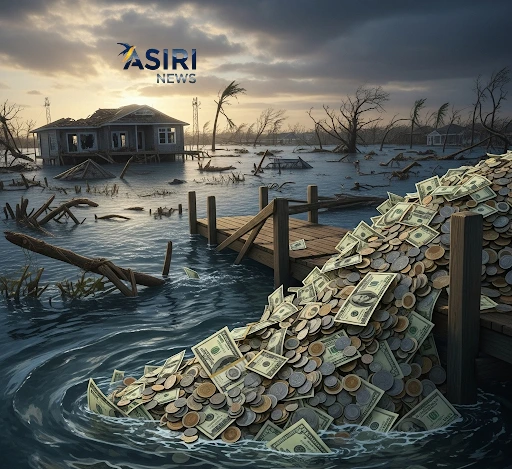A new and sobering projection from the Urban Institute has laid bare the escalating economic burden of climate change on the U.S. Gulf Coast. The report estimates that by 2050, the region—which includes Texas, Louisiana, Mississippi, Alabama, and Florida—could face an astounding $32 billion in annual property damage. This figure, a result of intensifying extreme weather events, adds a layer of urgency to an already critical national conversation about resilience, infrastructure, and the role of federal support.
The projection factors in the increasing frequency and intensity of hurricanes, which have become more powerful with rising sea temperatures. This is exacerbated by storm surge and flooding, which threaten coastal communities with rising sea levels. The estimate also accounts for damages from droughts, wildfires, and extreme heat, all of which are becoming more common across the Gulf states. Louisiana, a state particularly vulnerable due to its low elevation and shrinking wetlands, is projected to bear a disproportionate share of the cost, accounting for $4 billion per year of the total damage.

The release of the report coincides with the anniversary of Hurricane Katrina, a disaster that remains a benchmark for federal emergency response—and for the failures of it. The anniversary has revived debates over the efficacy of the Federal Emergency Management Agency (FEMA), which was heavily criticized for its slow and inadequate support in the wake of the 2005 storm. The Biden administration’s approach to climate-related disasters and the debate over FEMA’s role is a central point of contention, with some officials seeking to shift more responsibility to the state and local levels.
This projected economic crisis underscores the urgent need for robust policy discussions and proactive resilience planning. The costs of inaction are clear: a continued cycle of destruction and rebuilding that drains both public and private funds. While organizations like NOAA and the National Academies of Sciences are offering millions of dollars in grants to local projects to build resilience through habitat restoration and community education, the scale of the problem is immense. Without a comprehensive and well-funded federal strategy, the Gulf Coast’s future resilience remains in jeopardy.



